
 |
|
|||||||
| FM/DM threads Everything about FM/DM in CoD |
 |
|
|
Thread Tools | Display Modes |
|
#51
|
|||
|
|||
|
"Pulling" for Hurricanes "Pushing' for Spitfires
|
|
#52
|
||||
|
||||
|
Sorry old chap but we're a Hurribus squadron.
|
|
#53
|
|||
|
|||
|
Quote:
The boost controller (limiter) will only hold the boost constant (at rated boost) if a throttle setting is selected which would exceed that rated boost. If I select a lower boost value like 3lbs in a climb, the controller won't feed in more throttle to maintain that value will it? I think what I'm trying to say is that the controller is only capable of maintaining a boost value by reducing throttle input, not by increasing it. Does that make sense? Thanks |
|
#54
|
||||
|
||||
|
Quote:
It never controls the throttle.
__________________
Win 7/64 Ult.; Phenom II X6 1100T; ASUS Crosshair IV; 16 GB DDR3/1600 Corsair; ASUS EAH6950/2GB; Logitech G940 & the usual suspects  Last edited by robtek; 03-31-2011 at 10:36 AM. Reason: typo |
|
#55
|
|||
|
|||
|
Quote:
that was my understanding too. I was referring to IvanK's statement: "With Boost control engaged (the norm) the pilot selects the required Boost then as he climbs or descends the Boost controller holds the selected Boost constant without any further pilot action required (below Full throttle height FTH) In a no Boost controller aeroplane the throttle would need to be progressively opened as you climb until you get to Full throttle height (FTH). |
|
#56
|
|||
|
|||
|
As I understand it the Boost controller does as described. (Happy to be proved wrong though) Lets say we are at 4000ft we select +4lbs of boost with the throttle. So the throttle might be in say the 75% physical position. As we climb the throttle remains physically fixed but the boost controller maintains the boost (By varying the supercharger valves) up to that particular Boost Full throttle height. The Automatic Boost Control (ABC) has 2 functions Overboost protection and Pilot work load alleviation by holding boost constant (within limits) as the pilot climbs or descends.
In say an Allison without a Boost control you do the same say at 4000feet you select +4Lbs Boost (about 23"MAP). You then start to climb unless. If you leave the throttle where it is then MAP/Boost will start to drop so as you climb you need to advance the throttle to maintain your selected boost. In addition an aggressive push ion the throttle could exceed Boost/MAP limits. If you can get a copy of the RAF manual AP2095 Pilots Notes general it is well described there. Below is a snippet from that manual dealing with the differences between ABC equipped and non ABC equipped aircraft. tHe first paragraph talks about Boost maintenance in the climb 
Last edited by IvanK; 03-31-2011 at 12:10 PM. |
|
#57
|
|||
|
|||
|
Air Publication 1590B
Volume I, 2nd Edition October, 1938 (Reprinted October, 1939) Merlin II and III Aero-Engines Quote:
Last edited by 41Sqn_Banks; 03-31-2011 at 12:00 PM. |
|
#58
|
|||
|
|||
|
Quote:
Cheers |
|
#59
|
||||
|
||||
|
Quote:
Look at these document for Merlin III engine from 1940:  IT doesnt look similar to Merlin XII which used also 100 octan fuel? Also developers really dont care too much RL performacne of BoB planes ( Spitfire, Hurricane and 109). It is another their fault in these game. I just check COD manual with peformacne data for Spitfire, Hurricane and 109 where is very wrong data for these planes ( climb rate, maximum speeds and turn rate). Here are some RL data for these planes: Spitfire Mark I from BOB period ( CS propeller, aditional armour and windshield) Here is speed with old power settings - +6 1/2 lbs and with new emergency power - + 12 lbs.  Spitfire MK1 climb rate at 6 1/2 lbs: 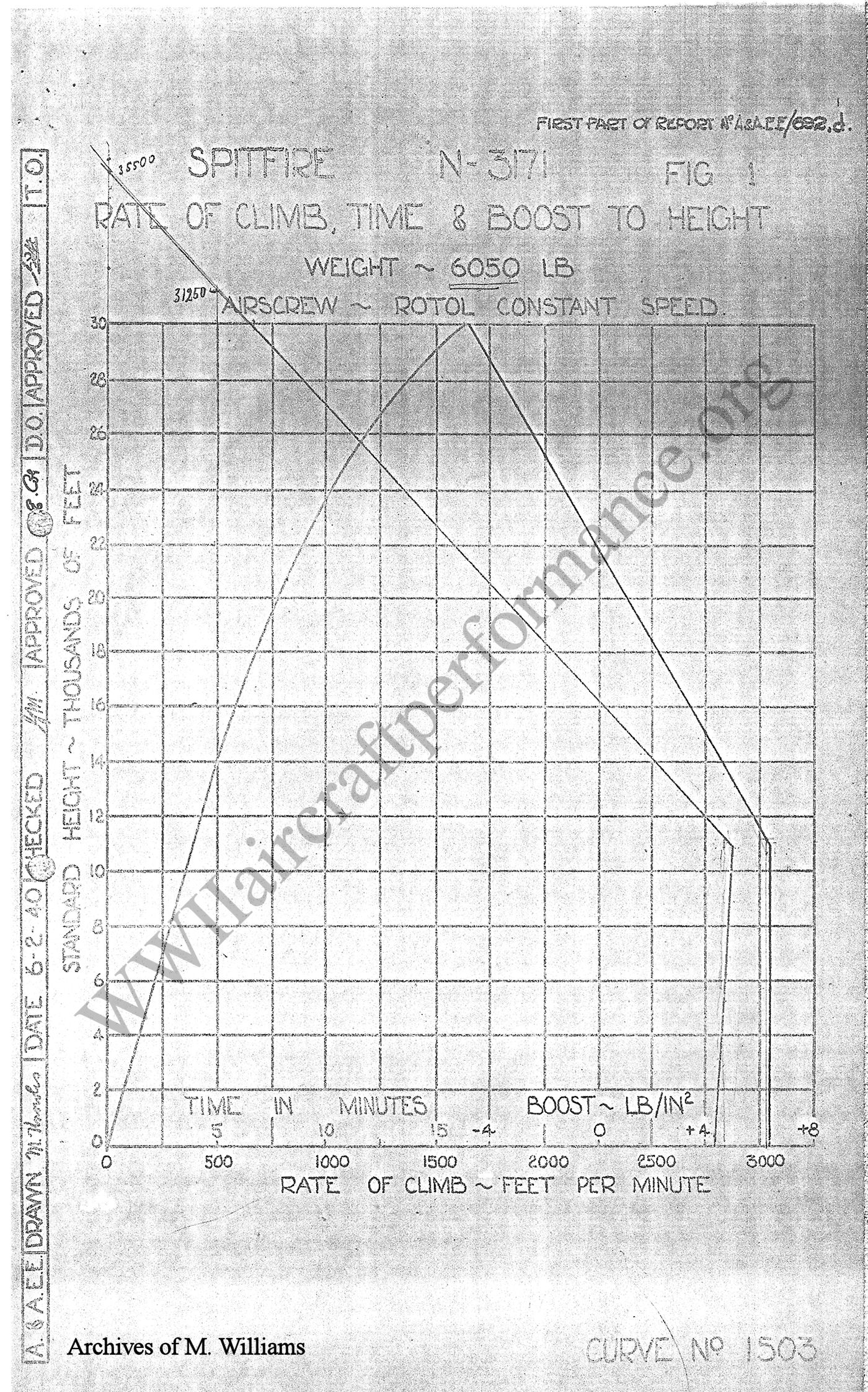 Spitfire turn rate at 6 1/2 lbs CSP:  Hurricane MK1 from BOB peroid ( CS propeller, aditional armour, 100 octan fuel) 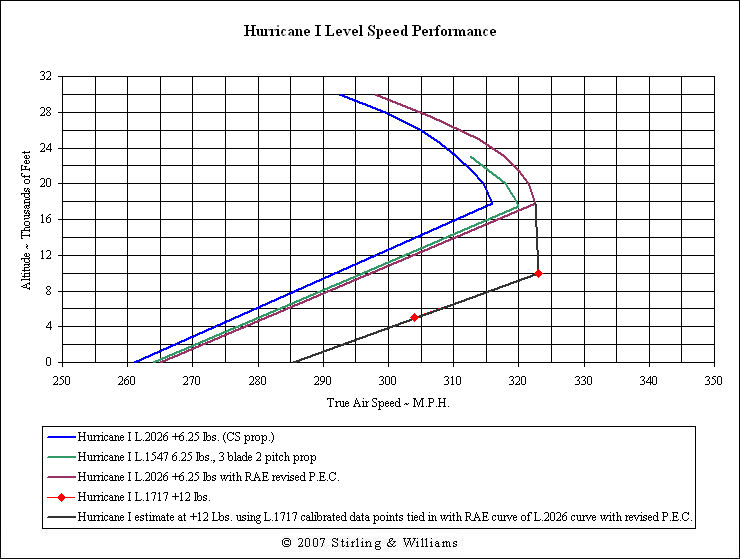 Climb rate for Hurricane MK1 but without aditional armour and armoured winshield 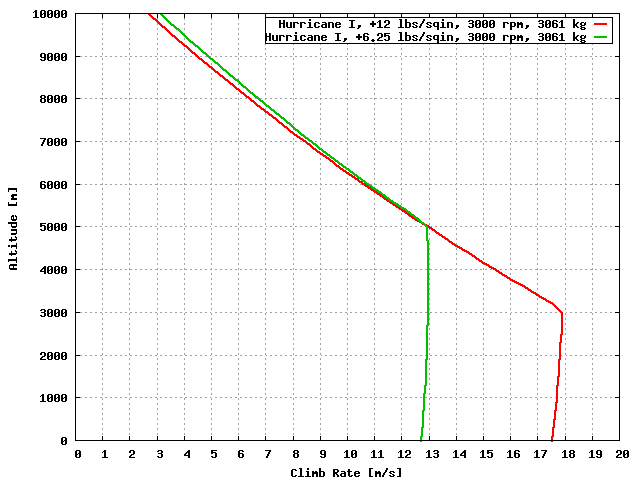 For comparison climb rate at 6 1/2 lbs Hurricane withou armour and with aditional armour 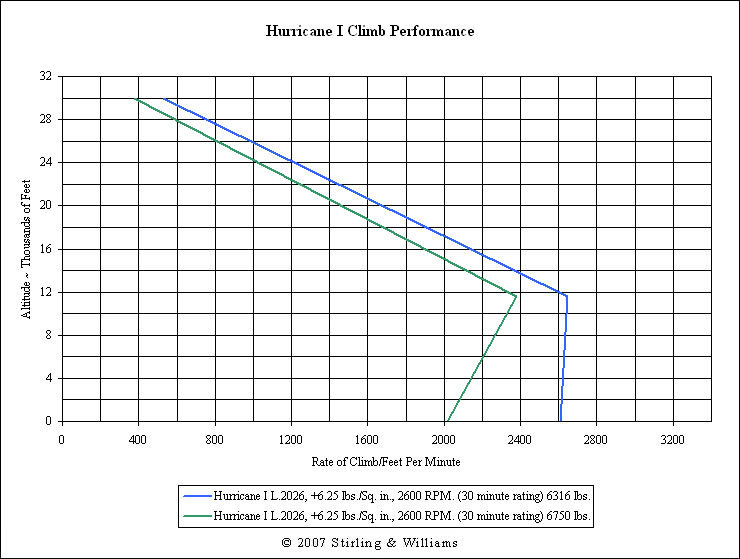 And the same with speed - Hurrciane MK1 without aditional armour 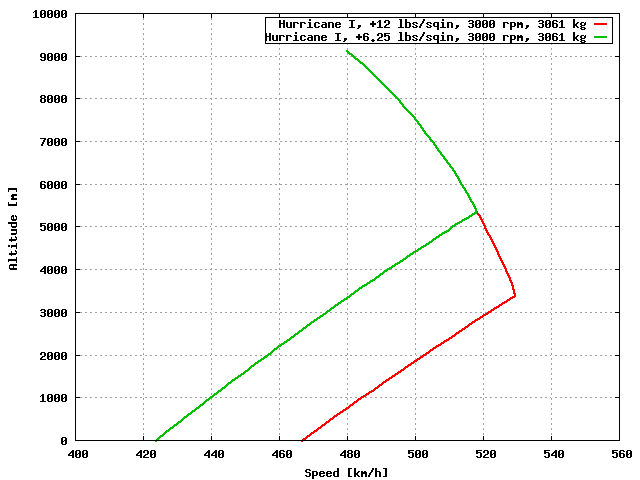 ( Hurricane from BOB peroid with aditional armour/ armoured windshield would be slowier) Bf 109 E-3 with DB 601 Aa engine - 1.45 Ata emergency power: D a t e n b l a t t Me 109. A b m e s s u n g e n: Spannweite 9,90 m Gesamtlänge 8,76 m Grösste Höhe 2,45 m Flügelfläche 16,40 m G e w i c h t e: Zelle 650 kg Triebwerk 1075 " Ständige Ausrüstung 85 " Zusätliche Ausrüstung 200 " Rüstgewicht 2010 kg Zuladung 530 kg Fluggewicht 2540 kg M o t o r l e i s t u n g: 1) Nennleistung 1100 PS in 3700 m Höhe bei 2400 U/Min. (5 min. Kurzleistung in 3700 m Höhe) Erhöhte Dauerleistung 1050 PS in 4100 m Höhe bei 2400 U/min (30 Min.) Dauerleistung 1000 PS in 4500 m Höhe Sparsame Dauerleistung 970 PS in 3700 m Höhe Bei 2250 U/Min. 2) Startleistung 1175 PS in 0 m Höhe (zulässige Dauer 1 Min.) bei 2500 U/Min. 3) Bodenleistung 1015 PS in 0 m Höhe Kurzleistung (5 Min. Dauer) bei 2400 U/Min. Erhöhte Dauerleistung 950 PS in 0 m Höhe (zulässige Dauer 30 Min.) bei 2300 U/Min. Dauerleistung 860 PS in 0 m Höhe bei 2200 U/Min. Speed: Höchtsgeschwindigeit in 0 m 500 km/h in 1000 m 510 " in 2000 m 530 " in 3000 m 540 " in 4000 m 555 " in 5000 m 570 " in 6000 m 565 km/h in 7000 m 560 km/h  Climb rate: S t e i g z e i t e n. Steigzeit auf 1000 m 1,0 Minuten auf 2000 m 1,9 " auf 3000 m 3,0 " auf 4000 m 3,8 " auf 5000 m 4,9 " auf 6000 m 6,3 " 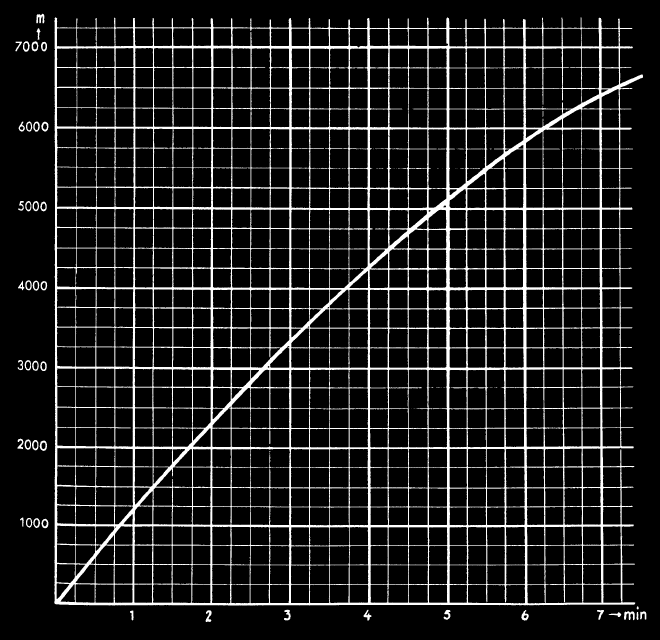 Turn rate : These are, at Sea Level and at 6000 m, with and without deploying flaps to aid turning : Without use of flaps : at 0 m altitude - 170 m (557 feet), at 6000 m (19 685 feet) altitude - 320 m (1050 feet). With use of flaps : at 0 m altitude - 125 m (410 feet), at 6000 m (19 685 feet) altitude - 230 m (754 feet). Similiar figures are given by a calculation by Messerschmitt AG on Bf 109E turn times and radius in an internal Messerschmitt report. The calculation was based on a similiar set of data, but assumes the slightlly lower power output of the DB 601A-1 at 990 PS. Conditions in the calculation were 2540 kg weight, 990 PS output, an altitude of 0 m and no height loss. Under these conditions, the turning characteristics of the Bf 109E were as follows : Turn time for 360 degrees: 18,92 seconds. Turn radius for above turn: 203 m Take note that the smallest turning radius and the best turning time do not occur at the same airspeed, which would Further calculations were made for a diving turn of a descent rate of -50 m/sec, which would be equivalent translate to an overall power output Turn time for 360 degrees in a -50m/sec diving turn : 11,5 seconds. Turn radius for the -50m/sec diving turn above : 190 m For comparison turn rate for Spitfire MK1, Hurricane MK1, 109 E-4 SPITFIRE Mk.I Turn Performance 300mph - 1,000ft 5,000ft 10,000ft 15,000ft One 360 - 12.2s 13.5s 14.7s - Two 360s - 24.9s 28.2s 30.3s - 250mph One 360 - 10.8s 12.8s 13.4s 14.1s Two 360s - 24.4s 28.2s 29.9s 33.2s Sustained No Flaps - 14.8s 16.0s 17.8s 20.8s Full Flaps - 15.1s 16.4s 18.1s 21.8s Best Flap - none none none none Speed/best - 125mph 125mph 125mph 120mph Hawker Hurricane Mk I Turn Performance 300mph - 1,000ft 5,000ft 10,000ft 15,000ft One 360 - 12.1s 12.4s 13.6s - Two 360s - 24.2s 25.3s 30.0s - 250mph One 360 - 10.2s 11.7s 12.9s 15.0s Two 360s - 23.6s 26.2s 28.5s 33.2s Sustained No Flaps - 14.8s 16.4s 18.5s 22.1s Full Flaps - 14.8s 16.6s 18.4s 22.2s Best Flap - full full full full Speed/best 105mph 105mph 100mph 100mph Bf-109E-4 Turn Performance 300mph - 1,000ft 5,000ft 10,000ft 15,000ft One 360 - 12.9s 13.4s 15.4s - Two 360s - 29.4s 31.2s 35.0s - 250mph One 360 - 12.9s 13.7s 15.5s 16.7s Two 360s - 31.0s 32.4s 36.5s 41.2s Sustained No Flaps - 18.0s 19.3s 21.2s 24.1s Full Flaps - 19.0s 19.8s 21.7s 24.8s Best Flap - none none none none Speed/best - 120mph 120mph 120mph 115mph RL Data Speed for comparsion between Sptfire MK1 +12 lbs ( red) - Hurricane MK1 +12 lbs ( green) - 109 E-3 1.45 Ata ( black)  And now for comparson data from COD:    COD looks really off here. Development team really didnt make their homework like we should expect. Last edited by Kwiatek; 03-31-2011 at 04:43 PM. |
|
#60
|
|||
|
|||
|
No kidding Kwiatek, and thanks for that detailed post!
|
 |
|
|